The Art of Carl Gustav Jung
UCSB’s Art, Design, and Architecture Museum Exhibits Jung’s ‘Red Book’
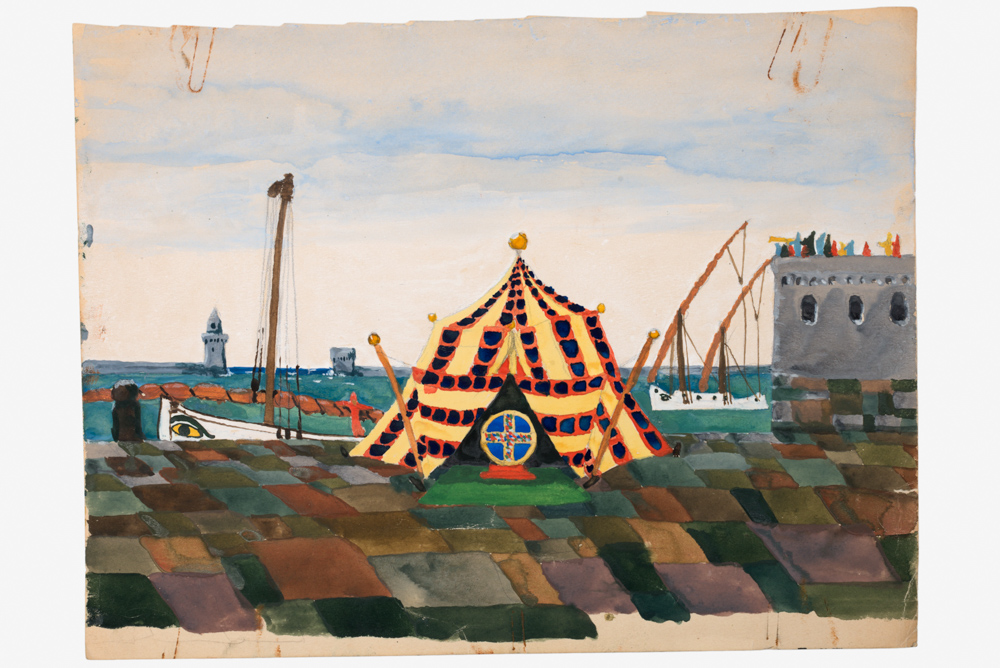
Students of depth psychology the world over know of the fundamental contributions made to the discipline by the Swiss psychiatrist and psychoanalyst Carl Gustav Jung. Second only to his colleague Sigmund Freud in terms of name recognition, Jung’s work on archetypes and symbols gave rise to a tradition of analytic psychology that has inspired thousands of disciples, including the comparative mythologist Joseph Campbell. A fascinating new exhibition at UCSB’s Art, Design, & Architecture Museum called The Illuminated Imagination: The Art of C.G. Jung, on display now through April 28, demonstrates that, in addition to seeing patients, giving seminars, and writing books on psychology, Jung expended an extraordinary amount of his time and energy creating a remarkable oeuvre of visual art in multiple media including painting, sculpture, illuminated manuscript, and even architecture. His restless imagination and determined pursuit of personal wholeness through individuation yielded a wild and complex legacy that is only now being fully appreciated.
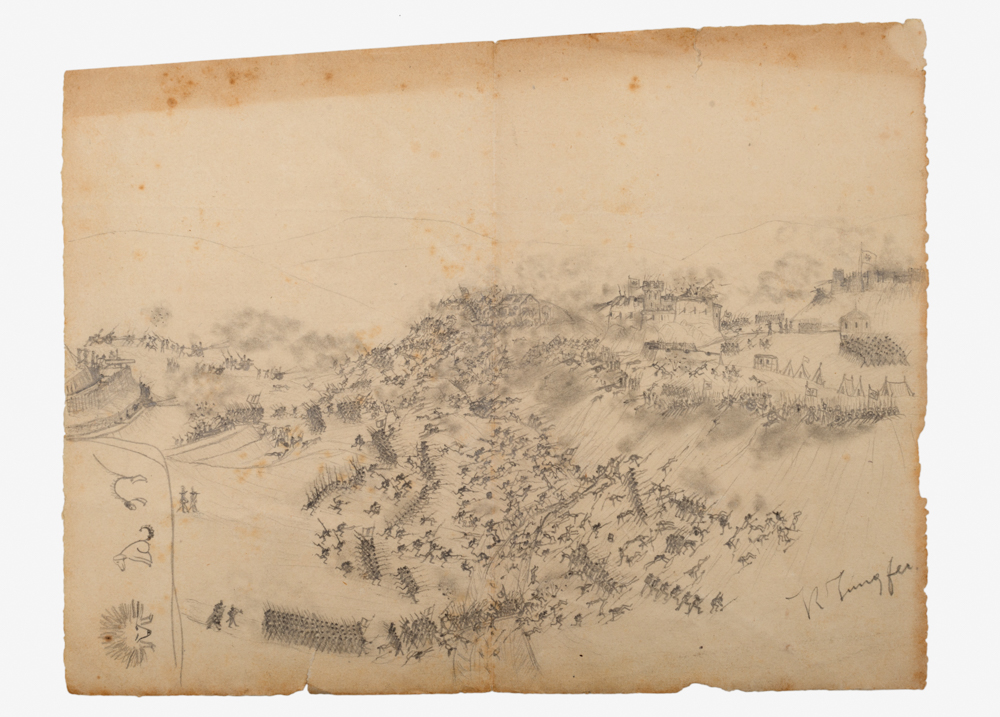
Pride of place in Jung’s artistic output must go to the The Red Book, an illuminated manuscript that the psychologist hand-lettered and illustrated in bright colors between 1915 and 1930. Drawing extensively not only on his dreams, but also on the waking visions that began troubling him shortly before the outbreak of the First World War, Jung created a massive tome that, in both style and method, bears a striking resemblance to classic manuscript masterpieces from the medieval period. The actual Red Book lay open in a sealed display case at the head of the exhibit’s main gallery space, while on the wall across from it, large and colorful reproductions of particularly interesting pages offer visitors a chance to see what’s inside the covers. More than an elaborately conceived deliberate anachronism, The Red Boo reflects Jung’s commitment to artistic practice as a vehicle for attaining higher consciousness. Like the medieval monks who inspired him, Jung used the discipline of hand-lettering and painting to access a state of mind that might otherwise have been unavailable to him.
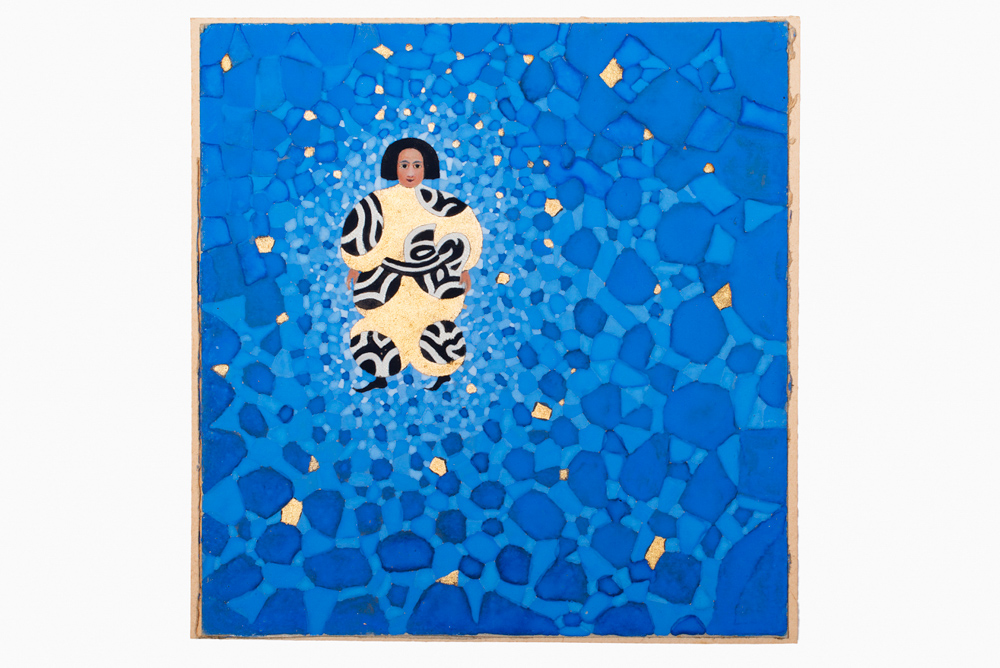
The thoughtful exhibition design includes a vibrant mix of images and objects that help to contextualize Jung’s lifelong interest in creating art. The devastating impact of World War I induced a fervent interest in such medieval icons as swords, dragons, and castles, an iconography that Jung shares with his near contemporary J.R.R. Tolkien. For example, in the page from The Red Book titled “Philosophical Tree,” an angular starburst in the night sky illuminates the writhing form of a giant dragon as it wraps around the tower of a dark castle. Jung was not, however, content to rest with only one cultural heritage in his visual vocabulary. Next to these manuscript images, we see his carved wooden sculpture of Atmavictu, a mythological figure variously identified by Jung as “the breath of life,” the serpent, an old man, and “the creative impulse,” a “quasi-sexual object” of its creator’s childhood.
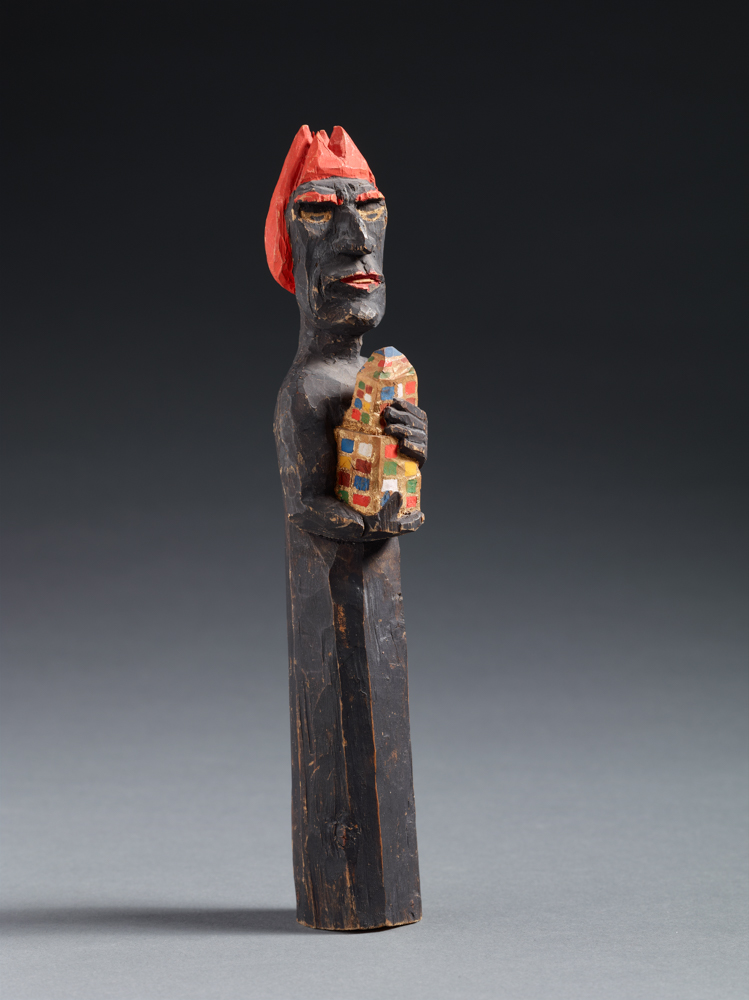
Enthusiastic readers of Jung’s written opus will be delighted with the degree to which his many works of visual art reflect and enact his ideas about the unconscious mind. Practitioners of mindfulness will undoubtedly come away with fresh insights into the ways in which such daily physical practices as the drawing of mandalas allowed Jung and his followers to penetrate further into their psyches. Thanks to this collaboration among multiple organizations, including the Foundation of the Works of C.G. Jung, Zurich, the Art and Psyche Working Group, and the Pacifica Graduate Institute, we in Santa Barbara have the opportunity to see Jung’s visionary output in all its wild and wonderful variety.
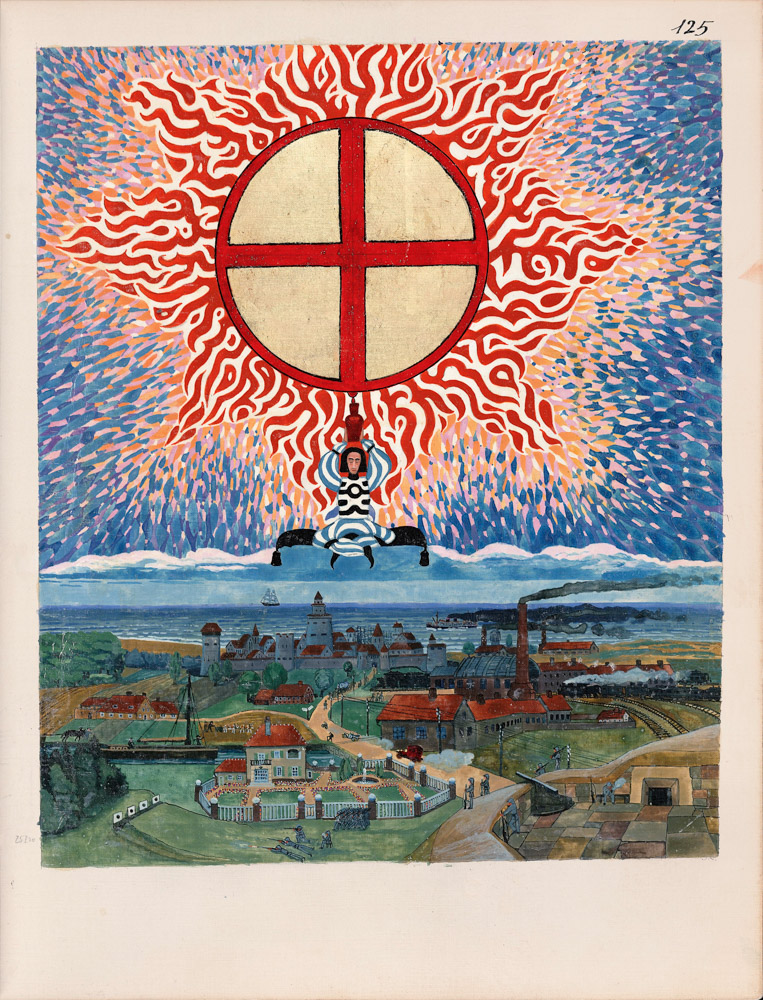
4•1•1
The Illuminated Imagination: The Art of C.G. Jung is on display now through April 28 at UCSB’s Art, Design & Architecture Museum. Call 893-2951 or see museum.ucsb.edu/collections/architecture-design.



